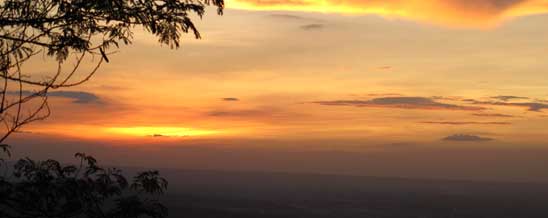Dance, Inner Dance, Eurythmy, Indigenous dances like the Sinulog: Their effect on Plants
- May 17th, 2012
- Write comment
Dance has an effect on the viewer and the watcher. But what about on plants? This is a question that many don’t think much about… Rituals with dances during different stages of crop growth are being performed by a community of people or by special members such as shamans and other spirit-filled people. I had a brief taste of eurythmy (“visible” speech; https://www.eurythmy.org/about_eurythmy.htm) and inner dance and they haunt me to tell their story in relation to plants. They are not just movements to heal people. They can be also an impulse to express into art. Johnny Danganan has brought his Inner Dance (as found by Pi Villaraza- https://www.bahaykalipay.com/?page=thei ; https://services.inquirer.net/mobile/07/10/28/html_output/xmlhtml/20071004-92442-xml.html) into some kind of quantum touch and healing, and ART (https://lingkod-sayaw.blogspot.com/ ). These dances may be used to change the atmosphere’s vibration and life giving forces and thus affect crop and seedling growth. My work is on seeds but my exploration on the subject, the link on dance and seed is still at stage 1 (curiosity and reflection). Yet I gather initial evidence and testimony from friends- that seed germination and vigor, seedling and plant growth form respond to different “letters” when delivered as movement or dance form. Like sound or words and music, movement also affects the atmosphere and other aspects of nature entangled with it. We shall explore this farther… for now I believe that inner meditative dance and movement are very much a way to connect to the source, through a very strong cosmic antenna, the human body in which the spirit resides. For the Cebuanos, the effect of Sinulog dance (https://www.sinulog.ph/about_sinulog/backgrounder.html ; https://en.wikipilipinas.org/index.php?title=Sinulog ; https://www.nowpublic.com/sinulog___ ) on plants would be intriguing to know…
https://www.youtube.com/watch?v=MYpGmrFCJkQ
Some other links
inner dance:
https://innerdance.multiply.com/journal/item/192?&show_interstitial=1&u=%2Fjournal%2Fitem
https://www.conscious-trance.com/2011/08/i.html
eurythmy:
https://atasteofwaldorf.blogspot.com/2007/06/eurthymy.html







